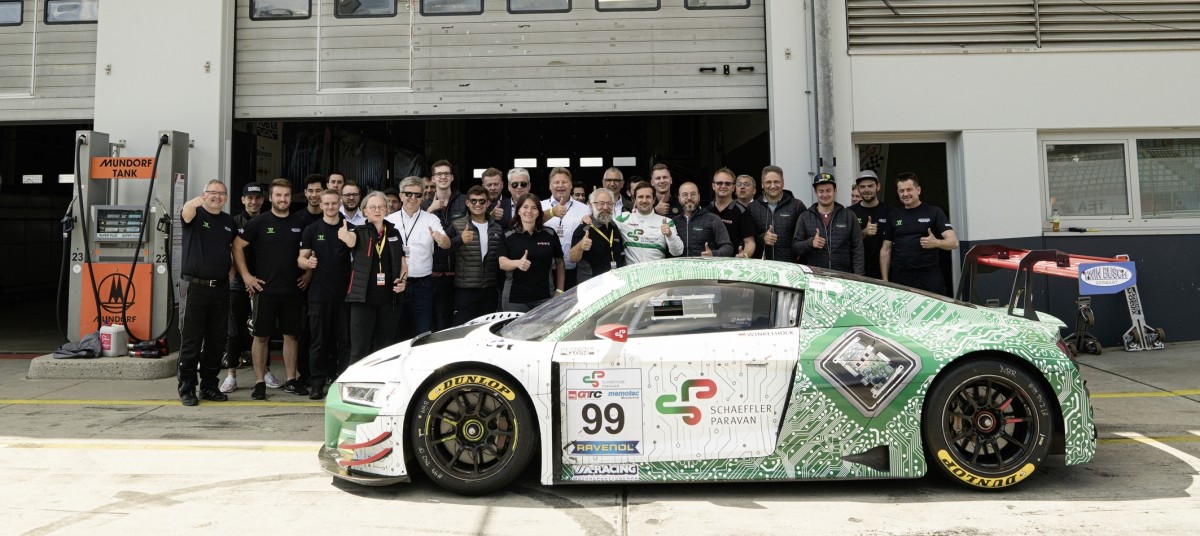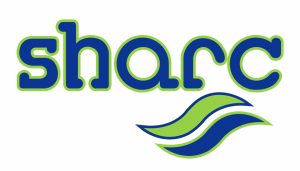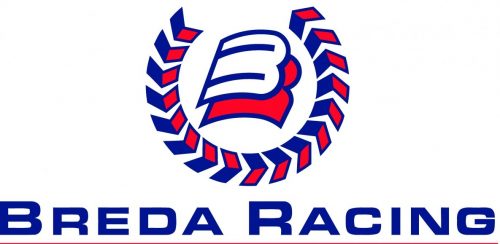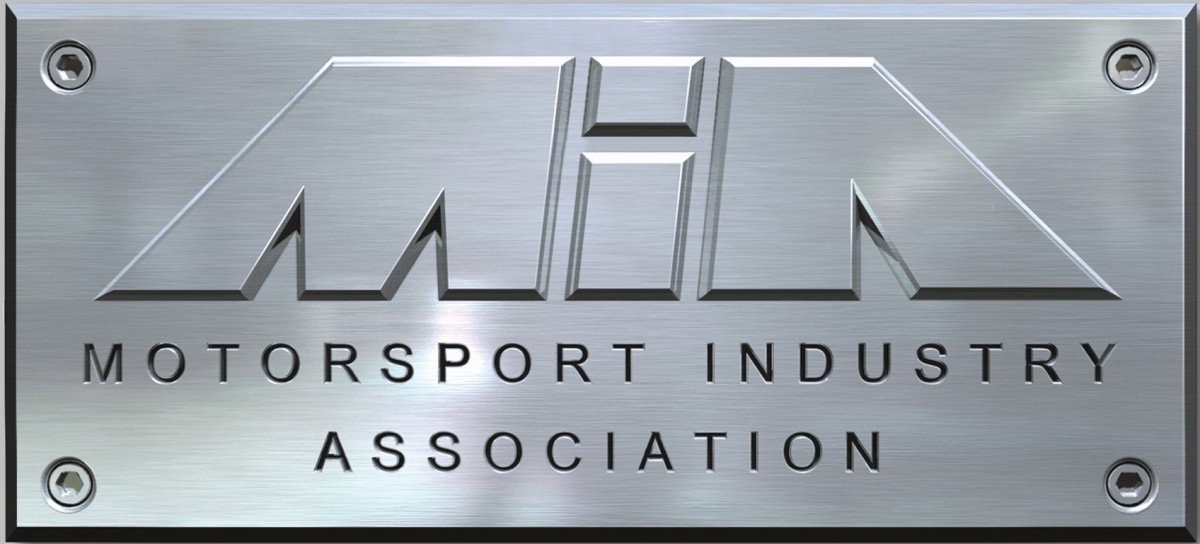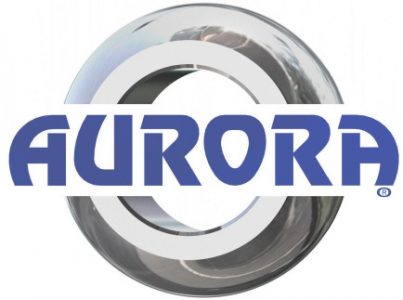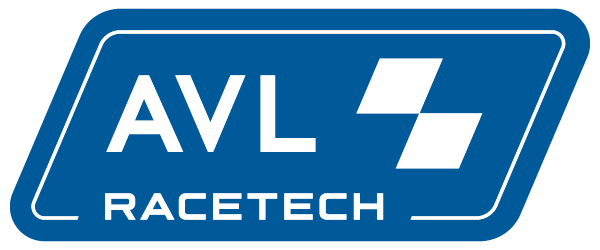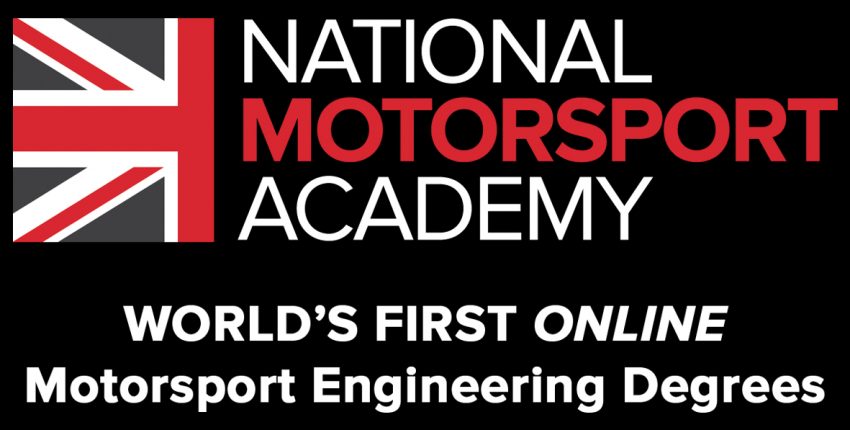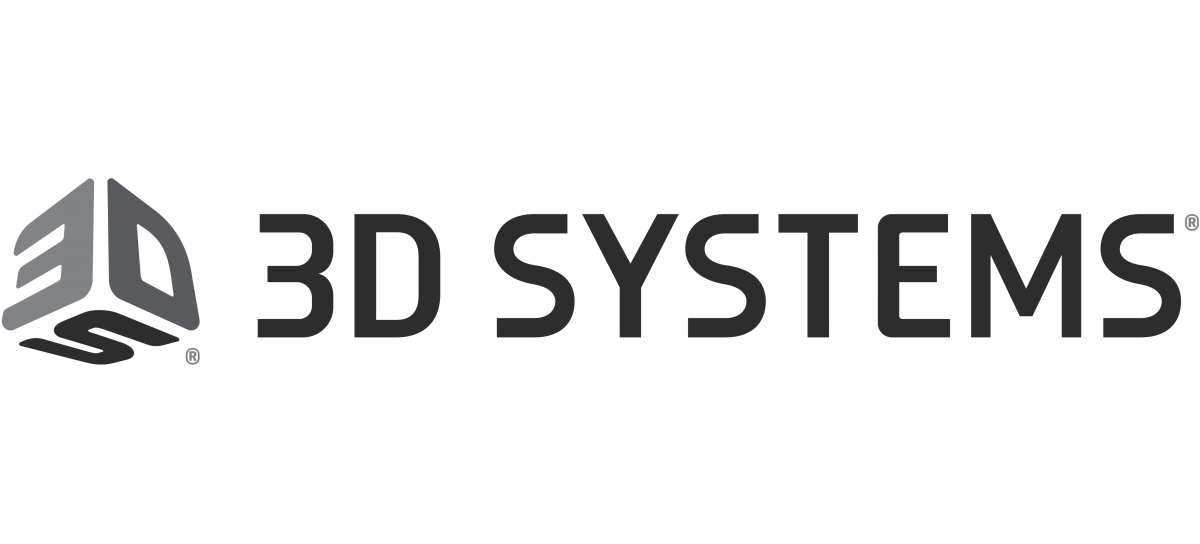World premiere for racing car with steer-by-wire technology
An Audi R8 LMS GT3 fitted with Schaeffler Paravan’s Space Drive steer-by-wire system wrote “North Loop” history at the 24 Hours Nürburgring in June. Without any mechanical linkage between the steering column and the steering gear, Rahel Frey completed a lap on the Nürburgring at speeds recorded at 240 km/h over the start and finish straights.
Space Drive II is a perfectly coordinated drive-by-wire/steer-by-wire system – hardware and software – that incorporates a revolutionary new safety concept. Individually adaptable to an extremely wide range of safety-related applications in the automotive sector, in agricultural technology, construction machine technology, municipal vehicles and special-purpose vehicles, the defense industry and as a separate branch in the disabled mobility sector.
In the last 17 years, Space Drive technology has already proven effective over more than a billion accident-free kilometres claims Schaeffler. It is manufactured to the strictest quality and safety standards and approved for road use. The technology is designed with triple redundancy: If one steering component fails there are two back-ups that ensure that the system is absolutely fail-safe. This makes Space Drive an important key technology for Level 4 and 5 autonomous driving and a basic prerequisite for creating new car interior concepts. Schaeffler Paravan Technologie aims to have the system ready for volume production by 2021.
Its operating system is a three-stage multi-redundant motor-driver and control system for all common electric motors (60 A/DC 12–24 V) in applications with the highest safety requirements. Depending on the field of application and customer requirements, the system can be supplied in subcomponents and specially coordinated software modules. The system is certified in accordance with ISO 26262 ASIL D and is manufactured in line with the highest safety standard IPC A 600. The system is also road-approved for international vehicle types M1, M2, M3, N1, N2 and N3.
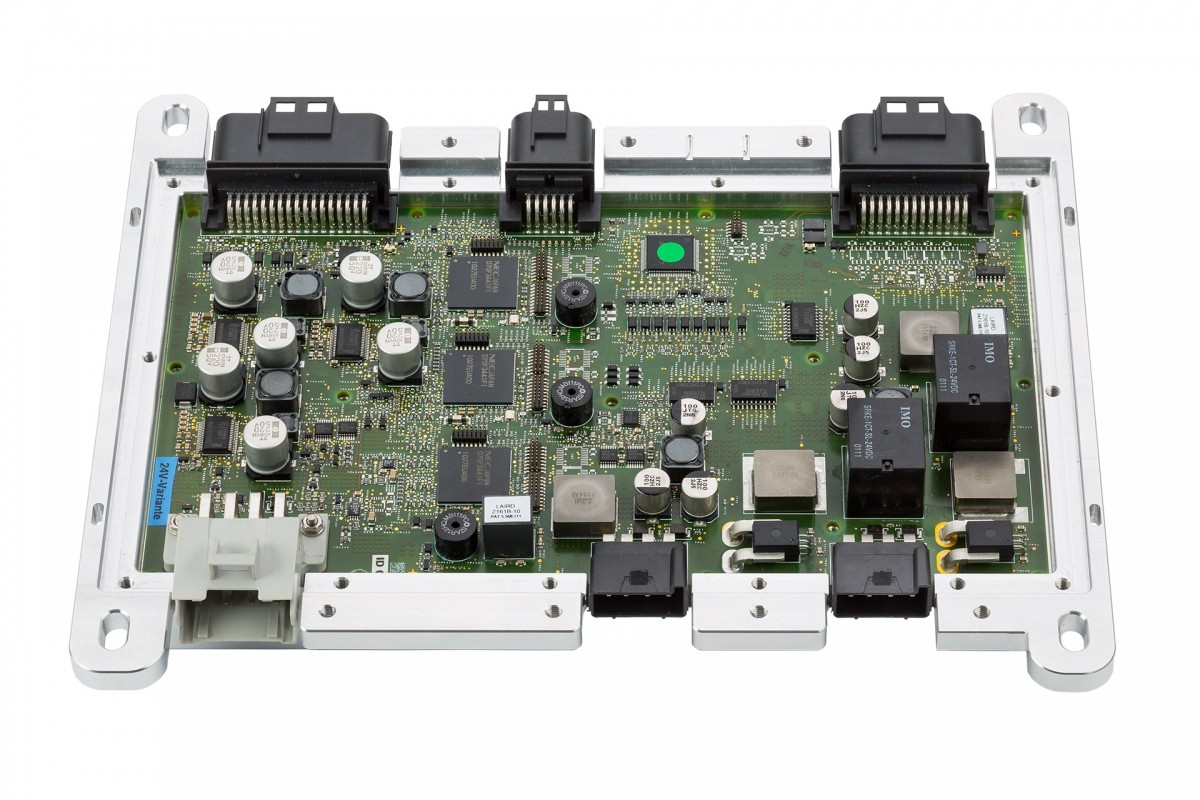
In addition to the revolutionary multi-redundant safety architecture and the associated fail-safe system operation, the new Paravan Space Drive II offers additional advantages that will not only radically change automated driving but also the driving of the future as a whole. The use of Space Drive II will make the steering column – one of the main sources of injury within vehicles – superfluous in the future. A mechanical connection between the input device and axle is obsolete with the drive-by-wire concept from Paravan.
Safety cables and servo motors will take over the function of the pedals and steering column in a reliable and fail-safe manner without the driver having to accept restrictions regarding driving comfort or enjoyment. Initial studies also show that driving with drive-by-wire gives drivers more room for concentration and attentiveness while driving because the complex motor coordination of arms and legs whilst driving is no longer required.
With the Paravan system, the vehicle control system can be managed by a wide range of input devices thanks to numerous analogue and digital system interfaces. Control via joysticks, GPS, laptop, smartphone, apps and even radio is not only an idea but a reality.
The first road trials were successfully completed. The technology enables the use of vehicles in hazardous situations. The driver gets out of the vehicle, sets the control to remote and controls the vehicle from the outside. Thanks to this versatility and the installation of additional sensor systems, even semi-autonomous or completely autonomous driving is no longer a futuristic vision.
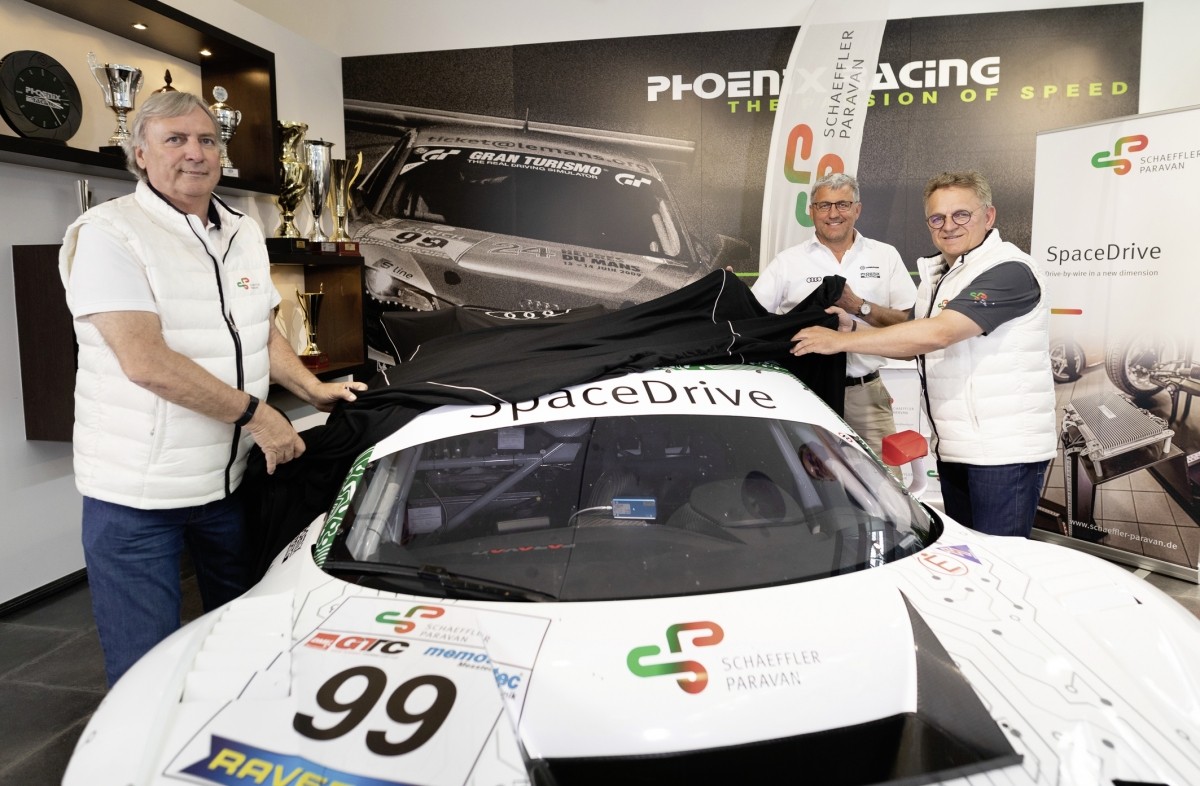
“Motorsport is all about extremes, so it is common practice to bring technologies into play in this area. This calls for endurance, and enables us to check requirements and system features,” says Prof Dr-Ing Peter Gutzmer, deputy CEO and CTO of Schaeffler. “Motor racing is an ideal test environment for the ongoing development of the entire drive-by/steer-by-wire system based on Space Drive. With a view to the future of autonomous driving, these kinds of technologies are going to be indispensable. The test under motor racing conditions is an absolutely crucial prerequisite for readying these solutions for volume production.”
“In motor racing, the technology is tested under extreme conditions and also imposes stringent requirements on the speed and the responsiveness of the system. These provide the ideal conditions for refining and optimising the system,” says Roland Arnold, CEO of Schaeffler Paravan Technologie and founder and managing director of Paravan. “If you are able to keep to the ideal driving line and decelerate at 250 km/h in a matter of hundredths of a second then this shows the reliability of the system.”
For further development steps the company plans to take part in the DMV GTC (Gran Turismo Touring Car Cup). “Space Drive has never been used in motor racing, so there were a lot of questions to be answered about technology and security,” says Ralph Monschauer, organiser of the DMV GTC, who applied for race approval for the car. “The converted racing car was inspected by an officially appointed expert. We then got approval for test drives without timing at the Schaeffler Paravan Race Weekend.”
On its very first appearance in the series, the converted Audi R8 LMS GT3 delivered an impressive performance. Outside of the official rankings, Markus Winkelhock was able to move up to fifth place in the two DMV GTC qualifying heats at the Schaeffler Paravan Race Weekend.
“In a racing car you have to react more quickly than in a road vehicle,” said Winkelhock. “If the car swerves you have to be able to make very fast steering movements to the left and right. I was doubtful at first as to whether the motors could cope with these requirements, but it wasn’t a problem: the steering is unbelievably fast and unbelievably precise.”
“Roland Arnold and his team are always striving to add to their expertise and test the technology at its limits,” said Phoenix team principal Ernst Moser. “With our experience from motorsport we can make an important contribution towards this.”
